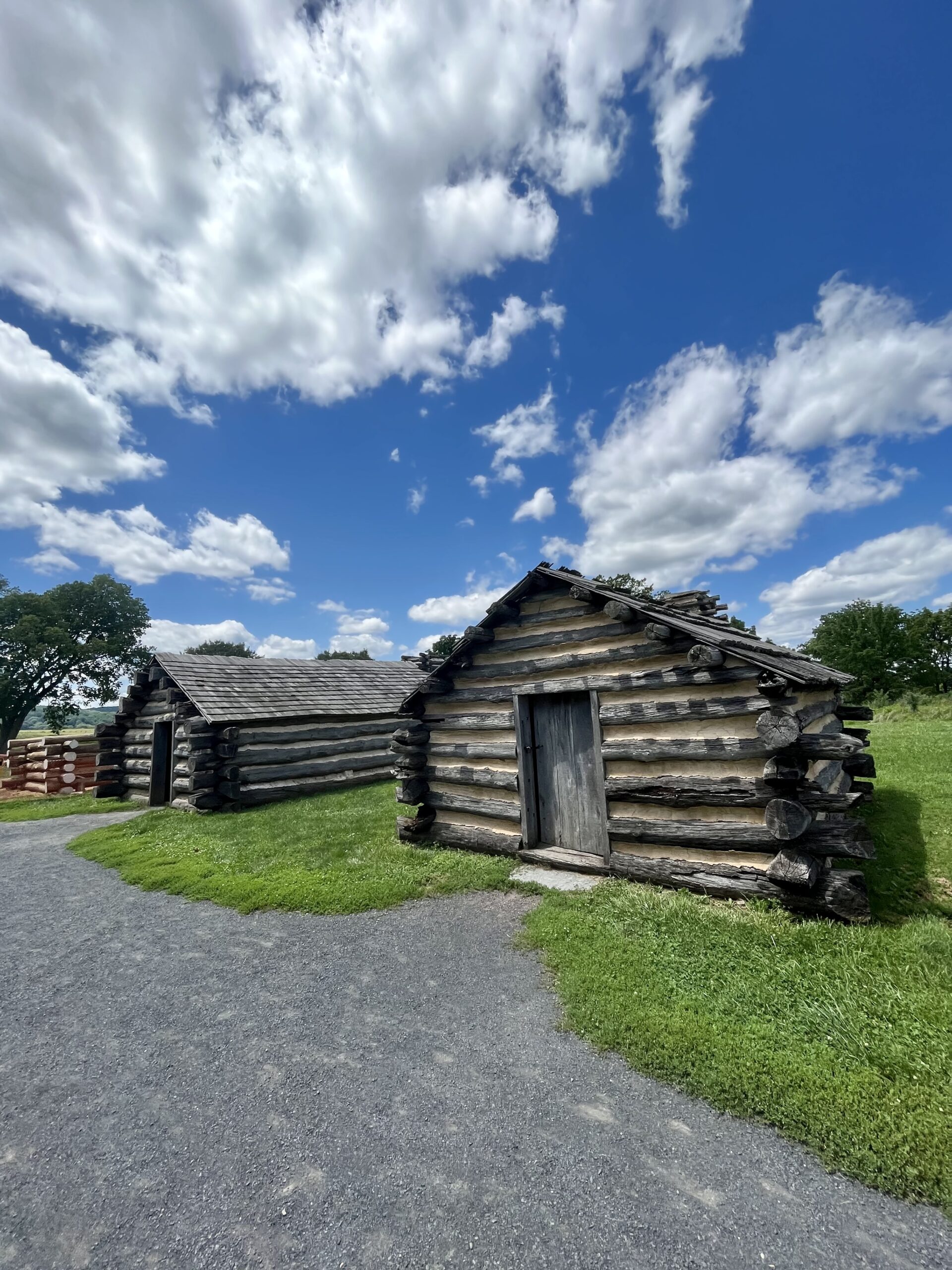Visiting Valley Forge: Remembering Washington’s Winter Encampment

In 1777, during the Revolutionary War, General George Washington marched his troops to the rolling hills of “The Valley of the Forges” 18 miles northwest of Philadelphia. Gen. Washington’s plan was to create a winter encampment to recover from the hardships of war. However, the lack of supplies and disease developed into a new enemy for the Continental Army. Today, the national park is still known as Valley Forge and is a recreational park.
The Valley Forge Encampment
According to the National Park Service, on December 19, 1777, General George Washington marched from Philadelphia to Valley Forge. Over 12,000 people ascended the plateau.
Despite being an average Pennsylvania winter, the Continental Army was unprepared for the conditions. The army was mostly made up of a militia fighting against the British Crown. The soldiers were untrained and dressed in rags and made-up clothing.
The winter of 1777–1778 was brutal for the Continental Army. Although they built fires and huts, the blistery, cold winter was too much for the men of the militia.
Gen. George Washington had a difficult time keeping the men focused on the goal. The troops were loyal to Washington but were plagued with fatigue, hunger, and a lack of supplies.
The soldiers resorted to eating things like flour and water in what they deemed a “Firecake.” History.com says, “Each man was issued a pound of meat a day, either beef, salt pork or salt fish. A pound of flour was also given to each man daily.” Yet, the lack of supplies affected their promised military rations.
Along with starvation, disease ran rampant across the encampment. The men experienced influenza, typhus, typhoid, dysentery, and smallpox.
As conditions worsened, Washington had to make decisions to keep his men alive. He rolled out one of the first inoculation programs to rid his encampment of smallpox. He inoculated his troops by placing a “cut a person’s skin and rub the minor incision with a thread or cloth contaminated with a less-virulent version of smallpox,” according to health.mil.
Although the army was exposed to the hardships of the winter encampment, there were successes that came from the encampment at Valley Forge.
Valley Forge’s Impact
Historians consider Valley Forge as the birthplace of the United States Army. The model army is primarily attributed to Baron Friedrich Wilhelm von Steuben — a General Staff member in the Prussian Army.
Von Steuben arrived from Europe in 1777 to assist the Continental Army. He worked with Gen. George Washington to train his men. He formed a “Model Company,” according to UShistory.org.
“…Von Steuben demonstrated to the men the positive results that would come from retraining. He provided hands-on lessons, and Washington’s independent-minded combat veterans were willing to learn new military skills…”
NPS.Gov
The camp provided other positive political outcomes and military confidence.
By the summer of 1778, Gen. George Washington was notified of the British’s abandonment of Philadelphia. The proximity of Valley Forge to Philadelphia kept the pressure on the enemy and allowed for a quick march to the city to reclaim the patriot capital.
